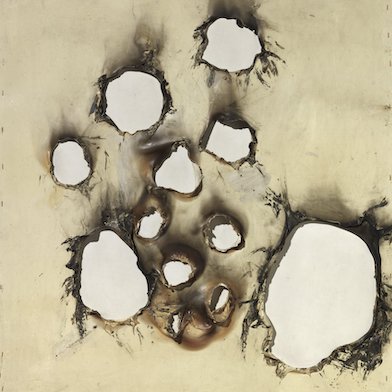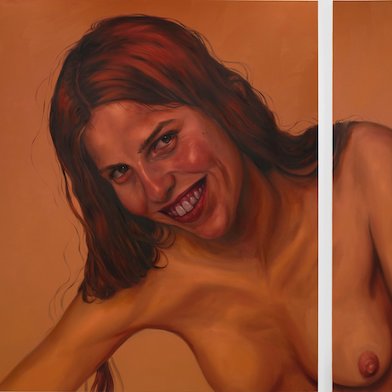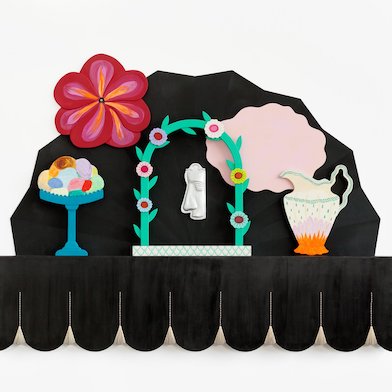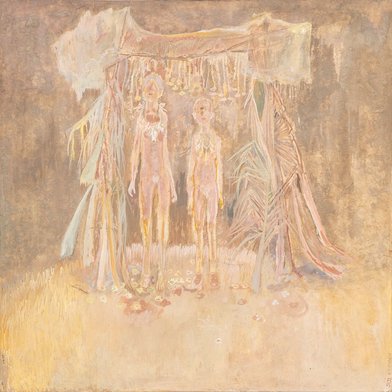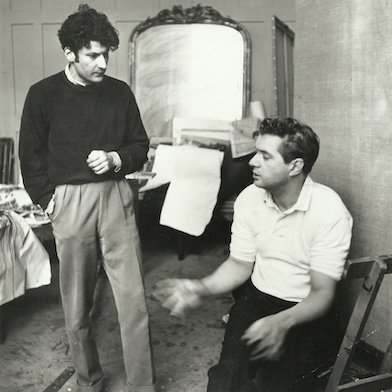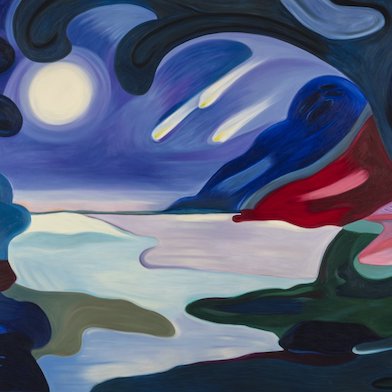Open: Mon-Fri 12-6pm, Sat 11am-5pm
Visit
Slawomir Elsner / Uwe Wittwer: ABRAHAM – OVID – DAS ANDERE
Lullin + Ferrari, Zürich
Sat 31 Oct 2015 to Sat 5 Dec 2015
Limmatstrasse 214, CH-8005 Slawomir Elsner / Uwe Wittwer: ABRAHAM – OVID – DAS ANDERE
Mon-Fri 12-6pm, Sat 11am-5pm
Artists: Slawomir Elsner - Uwe Wittwer
Slawomir Elsner / Uwe Wittwer: ABRAHAM – OVID – DAS ANDERE at Lullin + Ferrari, Zürich, from October 31 to December 5, 2015
A double feature exhibition with works by Slawomir Elsner (*1976 in Wodzisław Slaski, Poland, lives and works in Berlin) and Uwe Wittwer (*1954 in Zurich, lives and works in Zurich). The exhibition originated thanks to Uwe Wittwer’s initiative. He knows Slawomir Elsner from encounters in Berlin and thought, that a common project would be appealing. Elsner was enthusiastic and the artists agreed on a project in which their mutual interest for art history, especially for the Old Masters, is the subject matter.
Installation Views
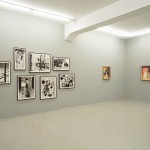
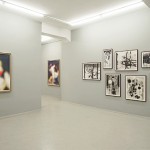
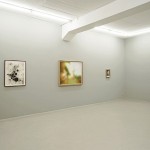
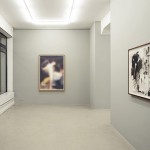
Slawomir Elsner / Uwe Wittwer: ABRAHAM – OVID – DAS ANDERE at Lullin + Ferrari, Zürich, from October 31 to December 5, 2015
A double feature exhibition with works by Slawomir Elsner (*1976 in Wodzisław Slaski, Poland, lives and works in Berlin) and Uwe Wittwer (*1954 in Zurich, lives and works in Zurich). The exhibition originated thanks to Uwe Wittwer’s initiative. He knows Slawomir Elsner from encounters in Berlin and thought, that a common project would be appealing. Elsner was enthusiastic and the artists agreed on a project in which their mutual interest for art history, especially for the Old Masters, is the subject matter.
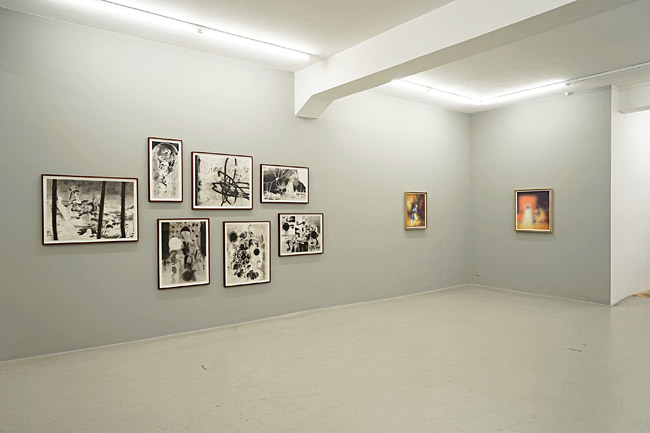
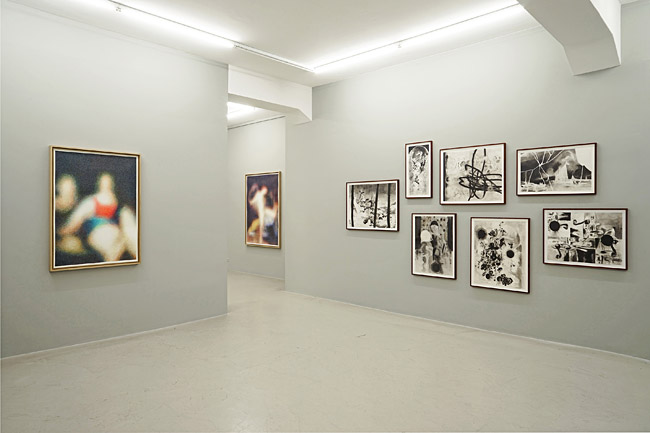
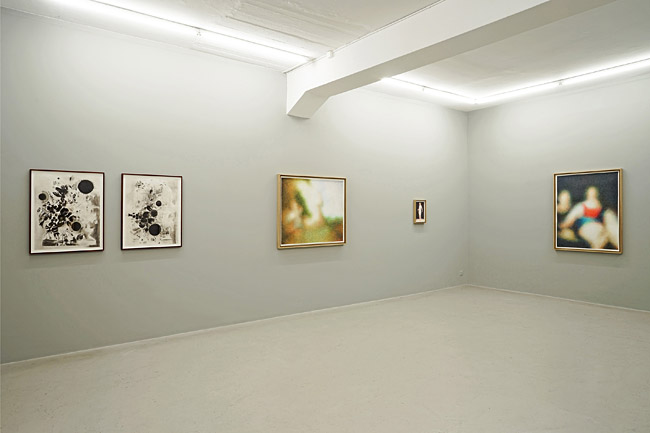
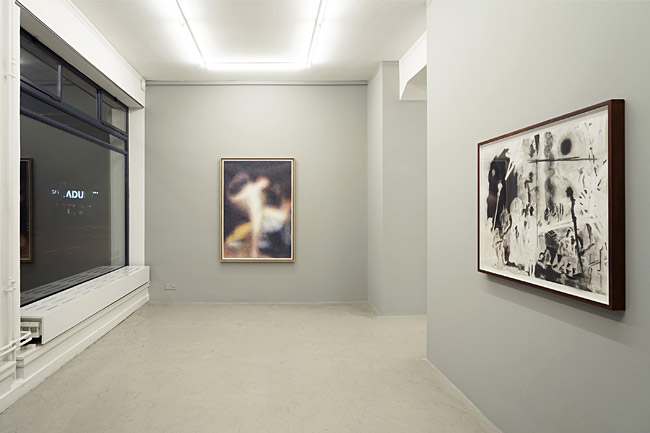
The works by Elsner and Wittwer in the exhibition rely directly on the magnificent paintings in the Berliner Gemäldegalerie. Through the hype for contemporary art, the sheer number of galleries and exhibition spaces in Berlin, the treasures of the Gemäldegalerie often don’t deserve the attention they should – as the collection of European paintings from the 13th to 18th century is one of the most significant in the world. The design of our invitation card hints to the picture galleries’ interiors as it picks up two colours of the fabric on the wall: The paintings of the Italian art hang on antique pink, the Dutch paintings on green fabric. The title of the show, Abraham – Ovid – das Andere, designates the manifold subjects Elsner and Wittwer deal with in their exclusively on paper produced works. The three terms define the iconographic field the two artists navigate: Abraham and Ovid refer to the religious and mythological themes, das Andere (the other) captures the remaining subjects still life, landscape and genre paintings – topics to please a raising bourgeoisie from the 17th century onwards.
The paintings of the Berlin picture gallery are the references for both artists but with one important difference: All paintings on which Wittwer in his appropriation refers are lost. Either they burnt by the end of the Second World War in a massif defensive fortification in the Volkspark Friedrichshain in the eastern part of Berlin, or they have been looted after the war. The fortification stored over more than 700 square meters around 600 paintings, from which the majority probably burnt on May 6, 1945. These paintings were most accurately registered and photographed but due to the then technical possibilities mostly in black and white. This fact Wittwer incorporates in his works by realising his appropriations exclusively in black and white. Wittwer’s choice enables the viewer to differ on first sight which of the two artists is the author of the works – Wittwer’s work are black and white and negative, the one’s by Elsner colourful as they are all created with coloured crayon. Both artists followed independently from the choice of their technique an important criteria, her works correspond exactly with the measurements of their models.
In the entrance space of the grey painted gallery hangs an adaption in coloured crayon by Elsner of Caravaggios (1571-1610) Amor Vincit Omnia (1601/02), one of the highlights of the Berlin picture gallery. As the appropriation requires because of its measurements and “exact blur” a certain distance by the beholder, the drawing hangs on the small wall facing towards the room. The many bundles of straight, sharply applied coloured pencil lines dissolve from the distance into abstract colour configurations. The life-sized naked amor appears to be behind opal glass and to move towards the public. On the long wall hangs the appropriation by Wittwer of a mysterious Temptation of the Saint Anthony by David Teniers the Younger (1610-1690). In the main space of the gallery is in a “Petersburger” hanging a group of appropriations by Wittwer. In their dense presentation this group of works alludes to the impression of the hanging order as it might have been in the former picture gallery. Furthermore the black-and-white presentation and the selection is a reminiscence of both the lost paintings, – Wittwer speaks of “a remembrance of a remembrance“ –, and the history of the taste and the preferences as expressed in the collection of the Prussian principality and the bourgeois society from the 17th century onwards. This group includes seven drawings: an axis-symmetric depiction of Maria with Child after Giovanni Bellini (1437-1516); a playful Flower-piece in a Niche after Jan van Huysum (1682-1749); an Allegory of the Fall of Mankind and Salvation in slender format with baroque arabesque after Franz Anton Maulbertsch (1724-1796); an alienated still life after Davidsz de Heem (1631-1695); a further still life after Pieter Claesz (1597-1661) subdivided in recurrent image areas; a Dutch landscape with a wind mill after Claes Piersz Berchem (1620-1683) and a seascape with simulated glass splinters creating a view through a window by Jan van de Capelle (1626-1679). In these works Wittwer unfolds his great mastery of the watercolour technique. The lost models invite him to probe exciting variations and alienations; it is telling that Wittwer is especially attracted by the painterly determination and inventiveness of the Baroque period. Diagonally opposite of the cluster of works Wittwer places two variations of the still lifes after Huysum, – appraisals of an artist of the Golden Age of Dutch art, who painted for an increasing market and is a recurrent witness of the history of the Berliner Gemäldegalerie.
The images by Elsner hang sparingly in the gallery space. They glow like pearls on the dark walls. Elsner’s choice for his appropriations fell on different subjects and sizes. Next to a nearly into abstraction transformed adaption of the image Samson and Delilah (1629/30) by Rembrandt (1606-1669) glows the genre image of an interior with figures and a red rectangle, depicting a parental admonition after Gerard ter Borch (1612-1681). Diagonally opposite are three more variations of images by Elsner. Next to a wonderfully tender adaption of the painting Dance (1719) by Jean-Antoine Watteau (1684-1721), in which the Rococo figures dissolve into a glimmer of colours, hangs a naked Lucretia after Lucas Cranach the elder (1472-1555), appearing through the colour crayon lines. On her left is a representation of Salome with the Head of John the Baptist (1630) after Bernardo Strozzi (1581-1644). Elsner has frozen the dramatic scene through his artistic conversion – newly interpreting and intensifying the prevailing action and mood of the existing painting.
The exhibition by Uwe Wittwer and Slawomir Elsner allows inside views in their working methods and the interests of the two artist’s friends. A direct comparison of the works is not really rewarding as each of the artists follows completely different parameters: Uwe Wittwer focus on the lost paintings and the watercolour technic in black and white. Whereas Slawomir Elsner concentrates on the existing paintings and his technique with coloured crayon. It is noticeable for both artists though, that they take some gentle liberties in their image adaptions and therefore define the images anew. In the exhibition the enthusiasm and fascination is tangible Uwe Wittwer as well Slawomir Elsner hold for the paintings of the Old Masters, and their common ardour Is evident to share their sensations with a contemporary public.
